
Poltrona Neoclassica
9760 EUR
Spedizione in 9-10 settimane

Nel cuore della Franciacorta, Villa Biondelli è una tenuta storica reimmaginata come un rifugio poetico per gli amanti del design, del patrimonio e dello slow living. Un tempo set del primo film d'animazione in Technicolor in Italia, questa villa del XVIII secolo fonde magia cinematografica, storia nobiliare ed eclettica arte degli interni. Dai giardini d'inverno tropicali dipinti a mano alle suite su misura, ogni dettaglio racconta una storia.
Il contenuto di questa pagina è stato tradotto automaticamente. Vai al sito in inglese
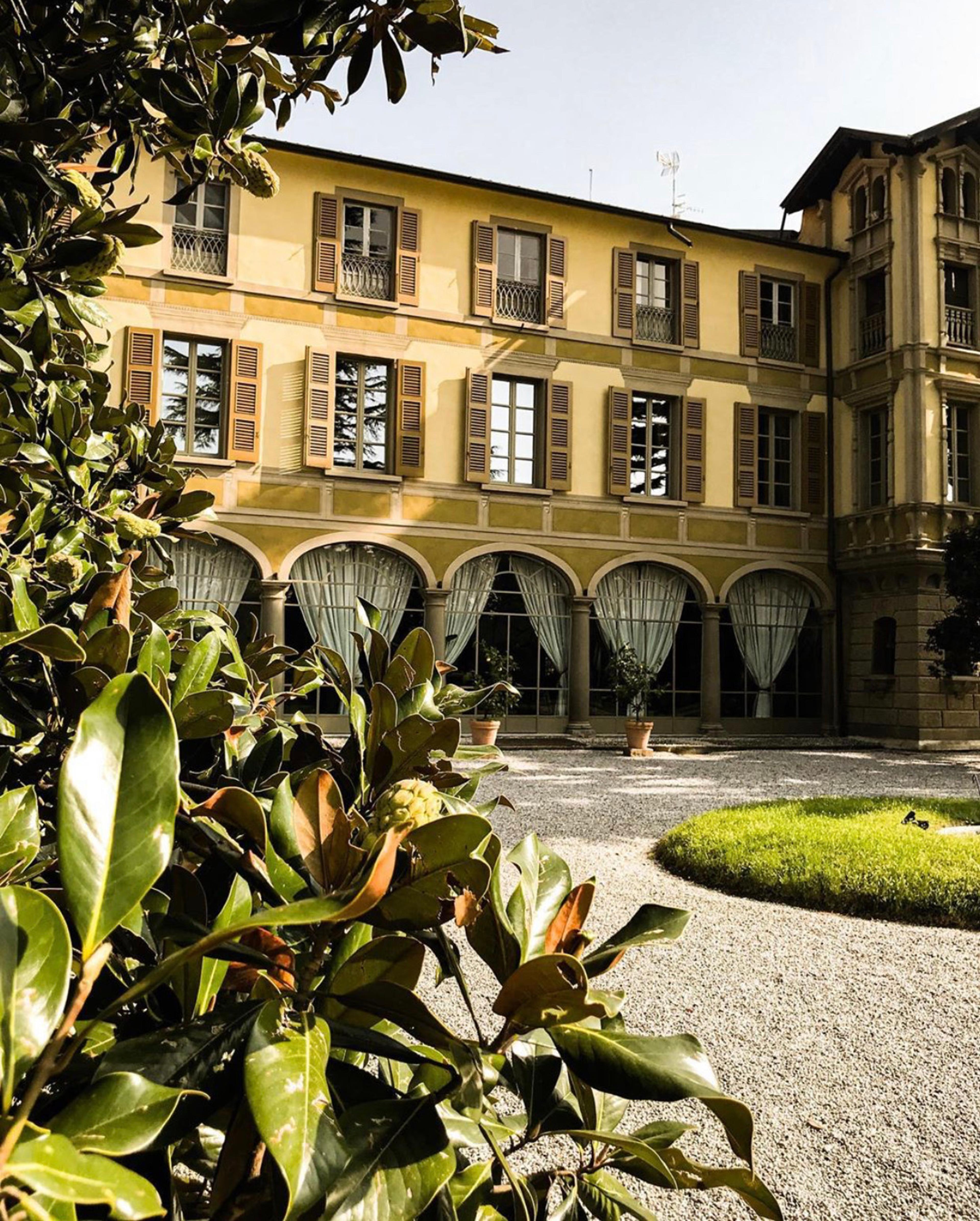
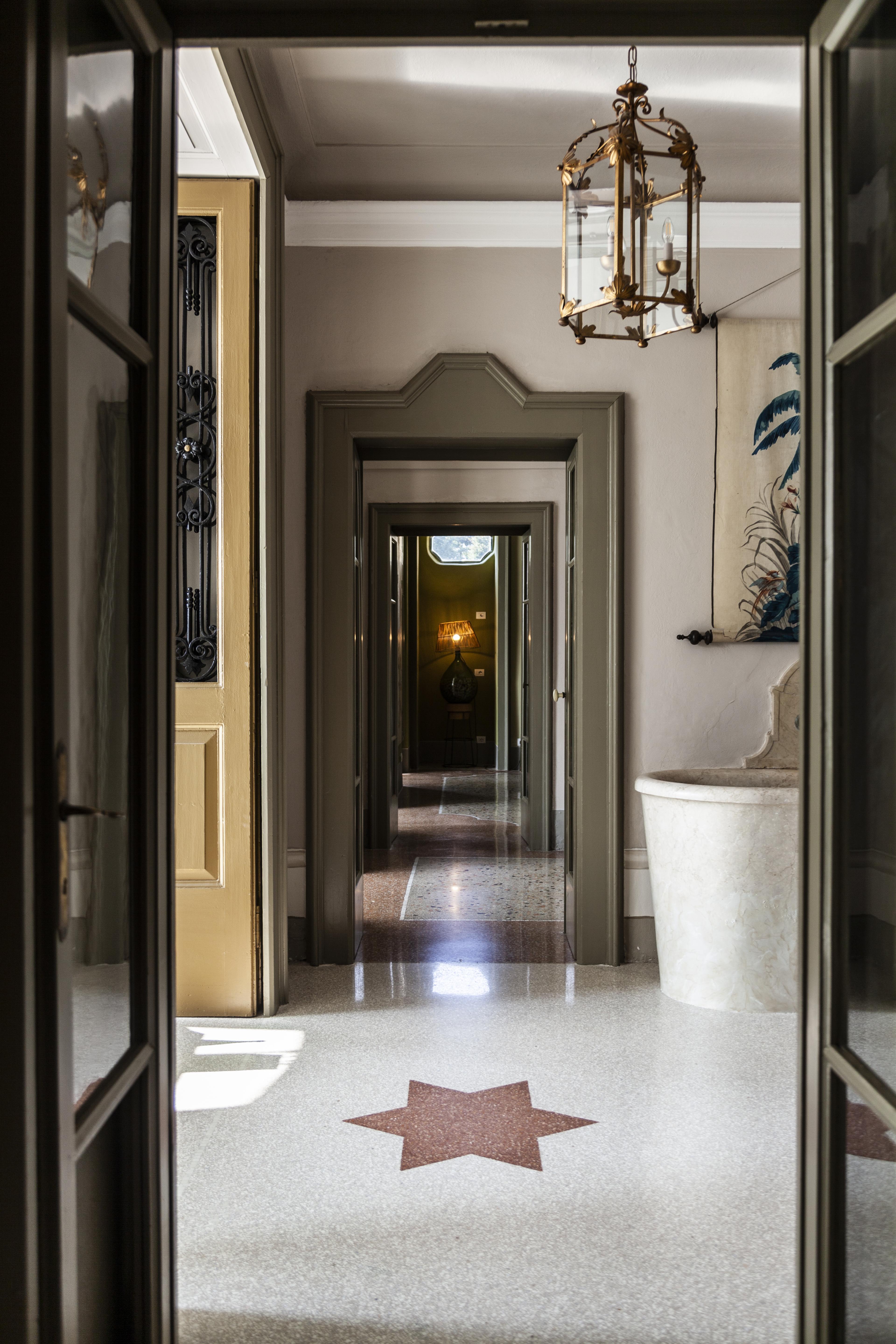
Nel cuore verdeggiante della Franciacorta, immersa tra i famosi vigneti di Bornato, si trova Villa Biondelli Wine & Suites, una residenza storica reimmaginata come un rifugio per viaggiatori slow-living, amanti del vino ed esteti. Con un passato ricco come i vini che produce, la villa è una miscela perfetta di storia nobile, fantasia stravagante ed eccellenza del design italiano.
Recentemente inaugurata dopo un meticoloso restauro durato due anni, la villa è stata trasformata in un rifugio raffinato e accogliente. Il restauro, curato dall'interior designer Francesca Brass, rende omaggio alle origini settecentesche dell'edificio, infondendo in ogni spazio un fascino narrativo e un'eleganza senza tempo. Il risultato è un'esperienza singolare, che si sente sia come un grande albergo che come una casa privata.
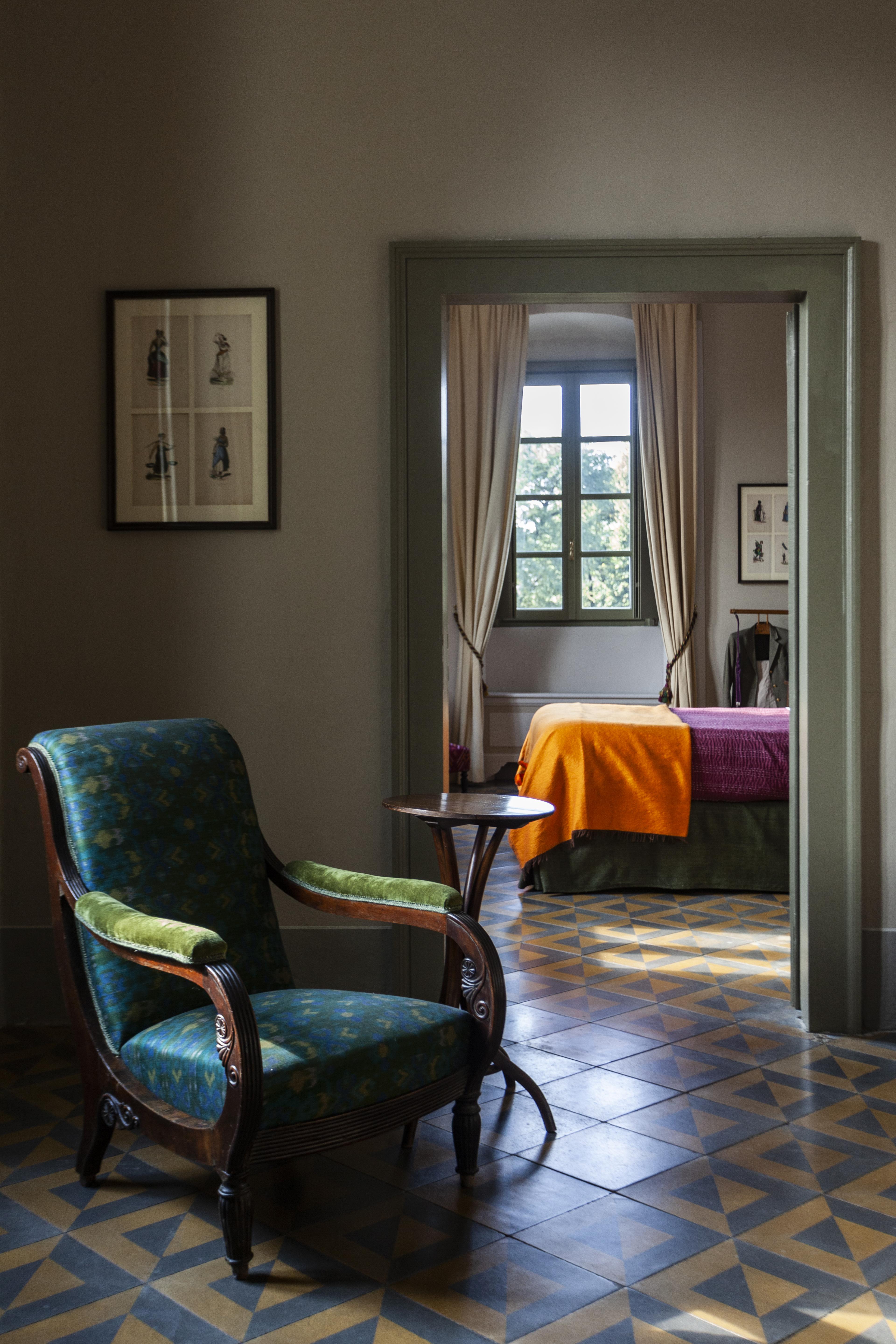
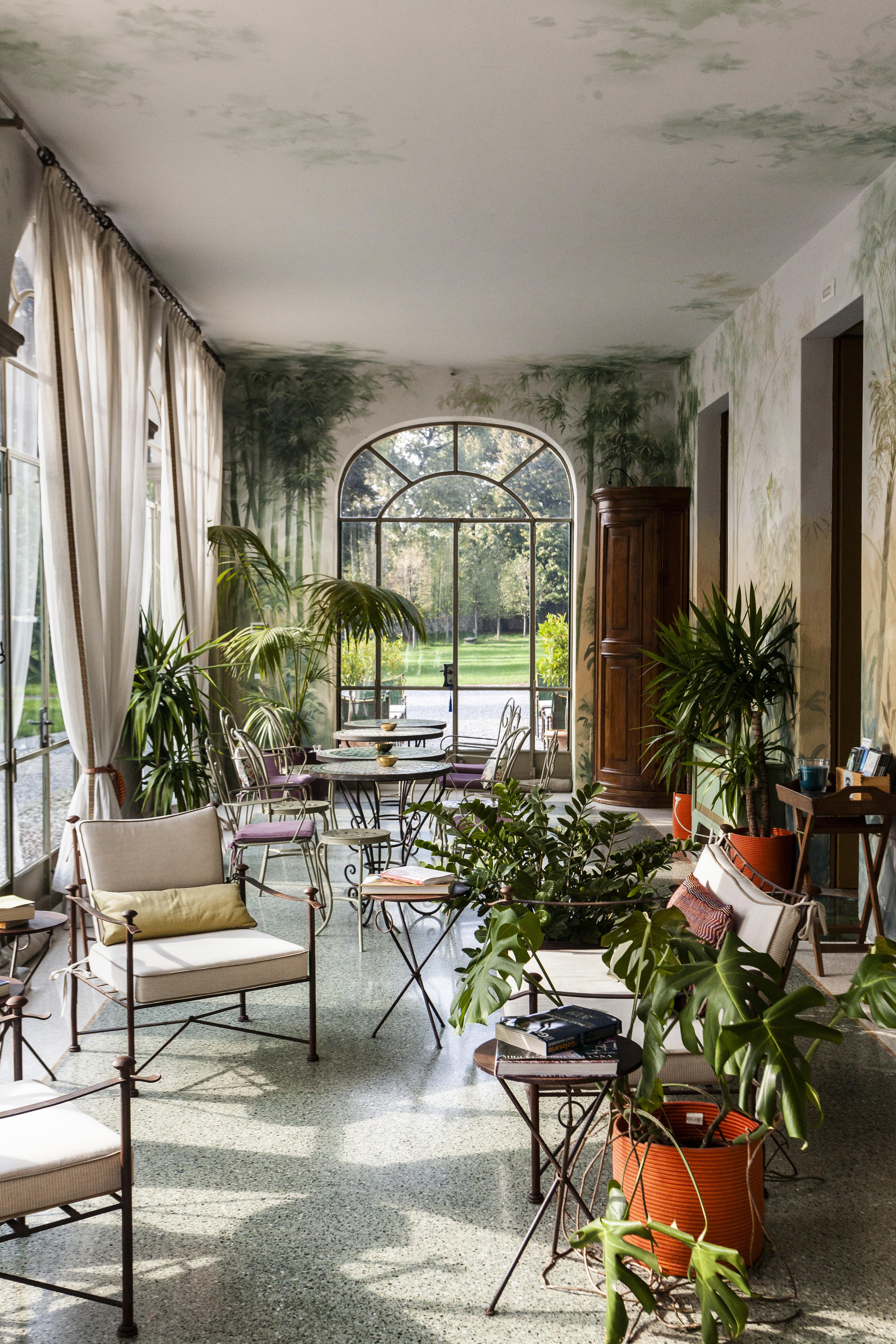
La trasformazione di Villa Biondelli affonda le sue radici in un avvincente pezzo di storia del cinema italiano. Durante la Seconda Guerra Mondiale, la villa servì come improbabile studio di produzione per il primo film d'animazione in Technicolor in Italia, Il Principino Cantante, unastoria d'amore ispirata ad Aladino e la Lampada Magica. Per salvaguardare il progetto dai bombardamenti bellici a Milano, l'ambasciatore Giuseppe Biondelli aprì la residenza estiva della sua famiglia alla casa di animazione IMA. Per quattro anni, illustratori e coloristi - molti dei quali donne del posto - diedero vita ai personaggi di Zeila, Giafar e Aladino proprio tra queste mura.
Gli echi di questa magica fiaba si ritrovano in ogni angolo della villa. Due antiche persiane in legno, dipinte a mano con i personaggi del film, hanno ispirato il filo estetico che attraversa l'intera proprietà. Ogni suite porta il nome di un personaggio del film, come la Zizibé Mini Suite, la Gazza Ladra Junior Suite, la Giafar Superior Suite e la sontuosa Princess Zeila Bridal Suite, che vanta una terrazza coperta di pergolato con vista sui vigneti e un lettino a baldacchino per osservare le stelle.
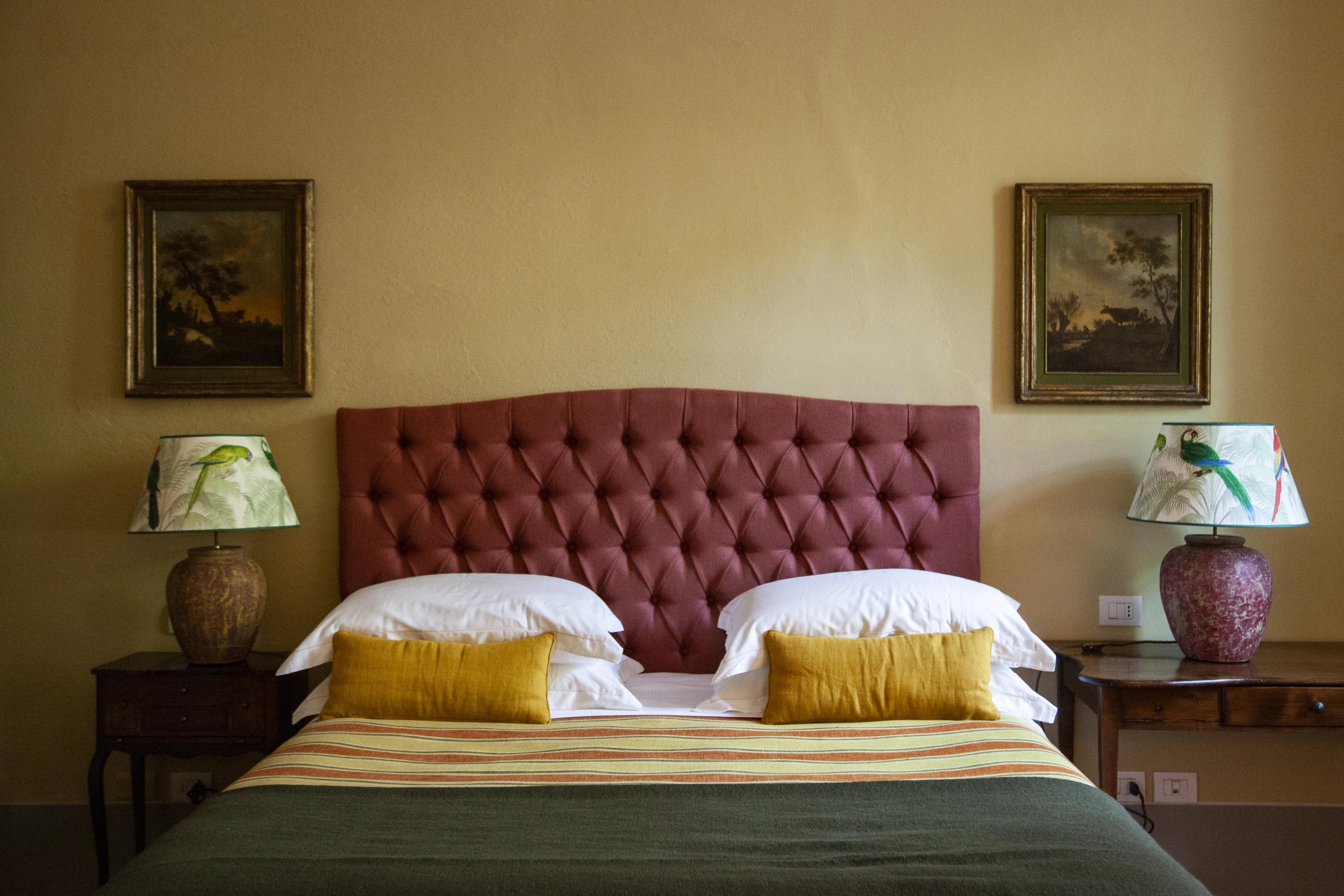
Ciascuna delle undici suite della villa è uno studio di stratificazione artistica. I lussuosi letti con testiere in seta, lino o antico suzani contrastano in modo drammatico con le pareti e i pavimenti riccamente pigmentati nelle tonalità del verde oliva, della terracotta, dell'indaco, del senape e del melanzana, colori che cambiano con la luce, aggiungendo movimento e calore allo spazio. La suite Giafar presenta una testata in legno intagliato a mano della collezione della famiglia Biondelli, mentre i sedili della villa sono rivestiti con tessuti di provenienza globale provenienti da Indonesia, Turchia, Sud America e altri paesi.
Lo spirito eclettico continua nell'illuminazione, realizzata con anfore antiche, portacandele di recupero e paralumi fatti a mano su misura che riprendono il motivo fantastico di ispirazione araba della villa. I bagni sono rivestiti in pietra chiara, dotati di docce in pietra serena toscana, infissi in ottone "vecchio stile" realizzati da artigiani fiorentini e, in due suite selezionate, vasche da bagno in legno rivestite a mano nei colori blu intenso e giallo oro.
Le aree comuni fondono il patrimonio con l'ospitalità. Una vasca in marmo del 1800, oggi utilizzata come fontana, accoglie gli ospiti alla base della scala. La sala di degustazione è ancorata da un tavolo ricavato da un frammento di soffitto affrescato del XVI secolo recuperato durante la Seconda Guerra Mondiale. Nel giardino d'inverno, ora luminoso atrio e zona colazione della villa, uccelli tropicali e palme dipinte a mano fanno rivivere lo spirito del film. Creato nel 2019 dalle artiste milanesi Orsola e Chiara di Picta Lab, lo spazio è allo stesso tempo fantastico e radicato, una giungla interna di calore e serenità.
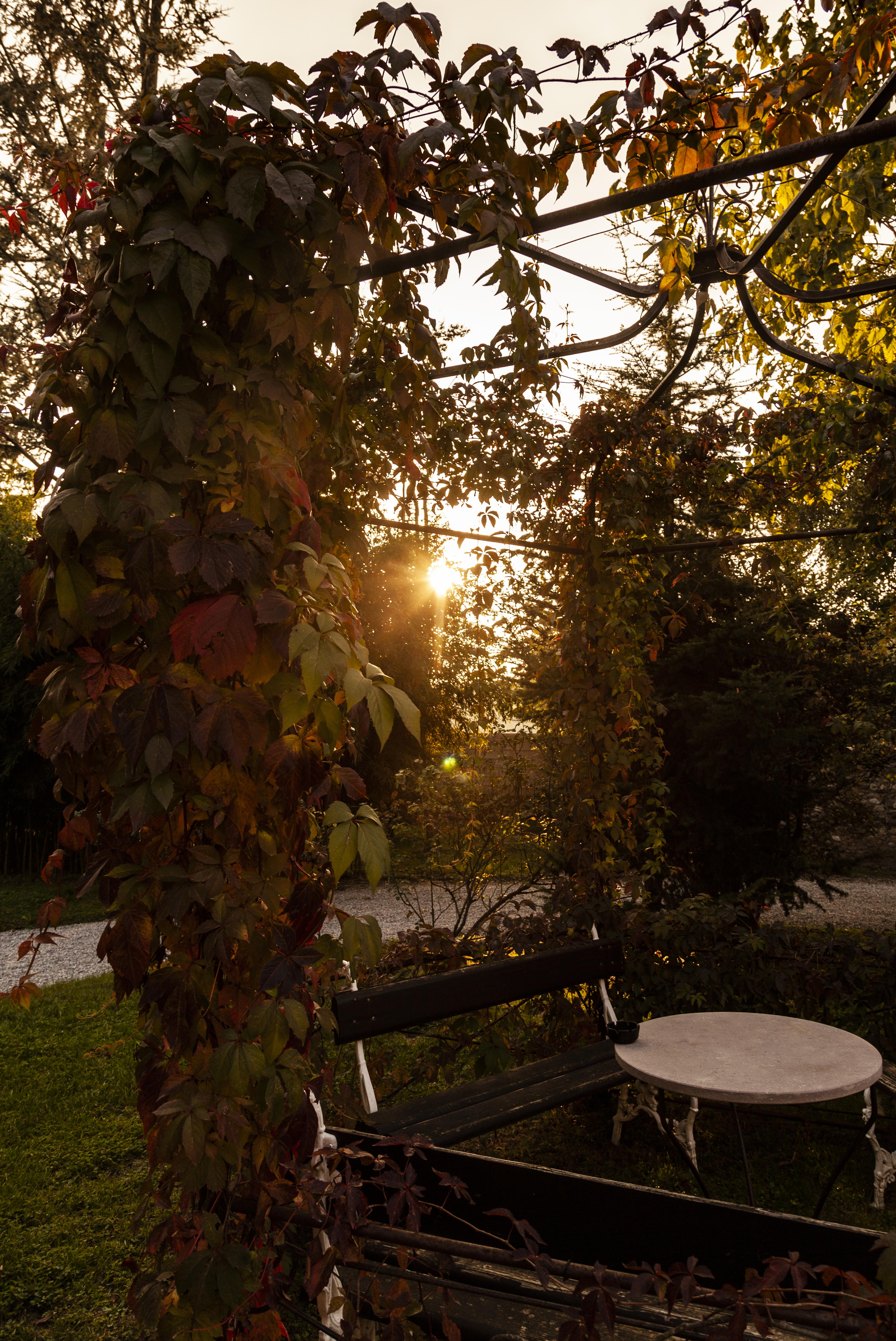
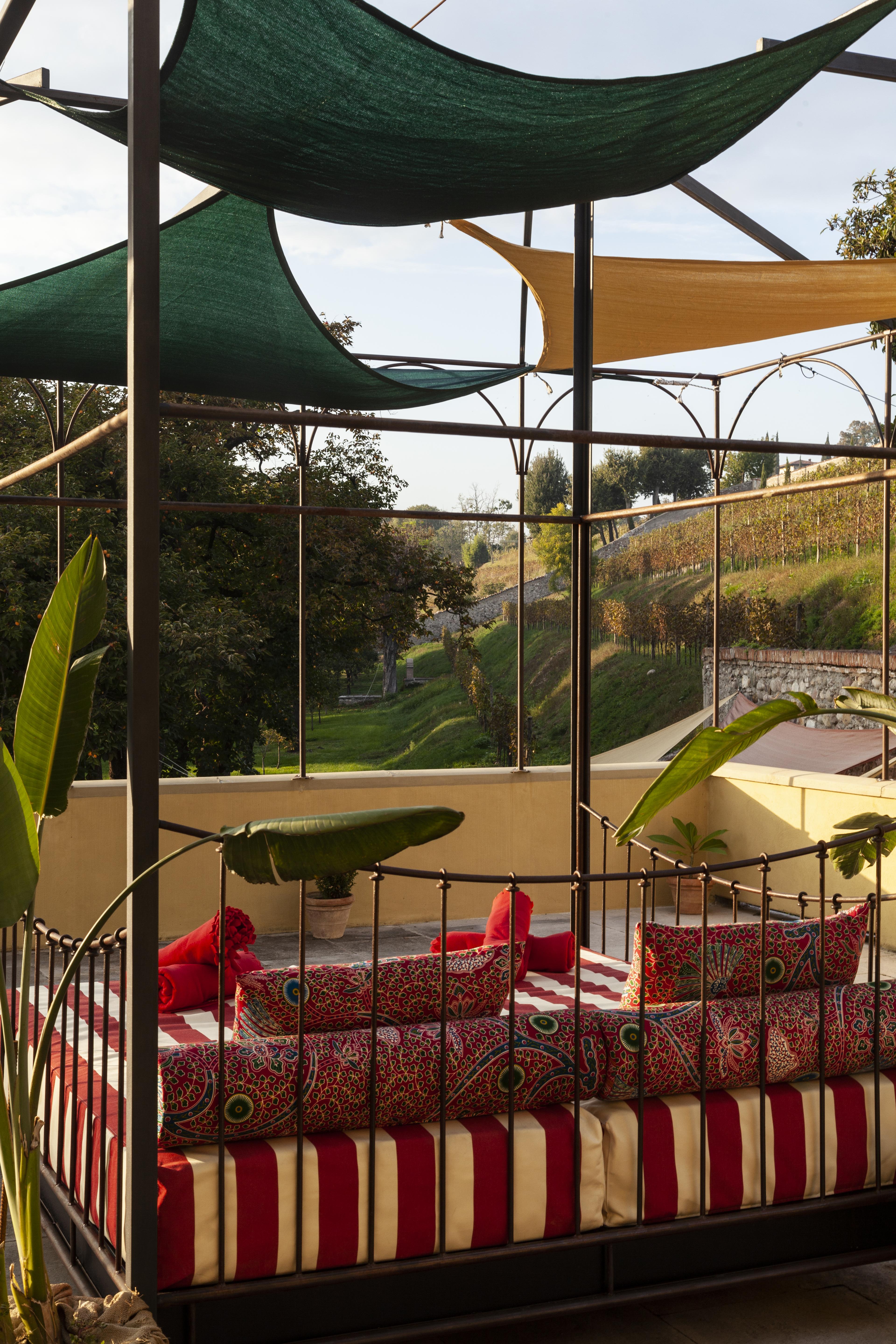
Originariamente commissionata nel XVIII secolo, la villa era di proprietà del conte Alessandro Fè d'Ostiani, senatore e diplomatico del Regno d'Italia. Negli anni Quaranta del Novecento passò all'ambasciatore Giuseppe Biondelli, che l'acquistò per l'amata moglie Clementina dei Conti Maggi di Gradella, originaria della regione. La loro storia d'amore e la loro gestione culturale si percepiscono in ogni gesto architettonico e in ogni oggetto raccolto all'interno della casa.
La facciata esterna è stata restaurata da un team di esperti che collaborano anche con la Soprintendenza ai Beni Culturali di Firenze. Il progetto ha comportato la riconciliazione di dettagli di affreschi originali del XVIII secolo con aggiunte del tardo XIX secolo. Finestre trompe-l'œil, capitelli dipinti e cornici ornate sono stati riportati in vita con cura, permettendo alla villa di irradiare nuovamente la sua antica grandezza.
All'interno, i pavimenti in terrazzo veneziano, gli affreschi restaurati e i mobili antichi e d'epoca selezionati a mano creano un'atmosfera ricca di stile e di tempo. Dalle consolle Biedermeier del XIX secolo ai dipinti originali, tra cui una romantica veduta di Napoli del 1800, ogni angolo è curato e invitante.
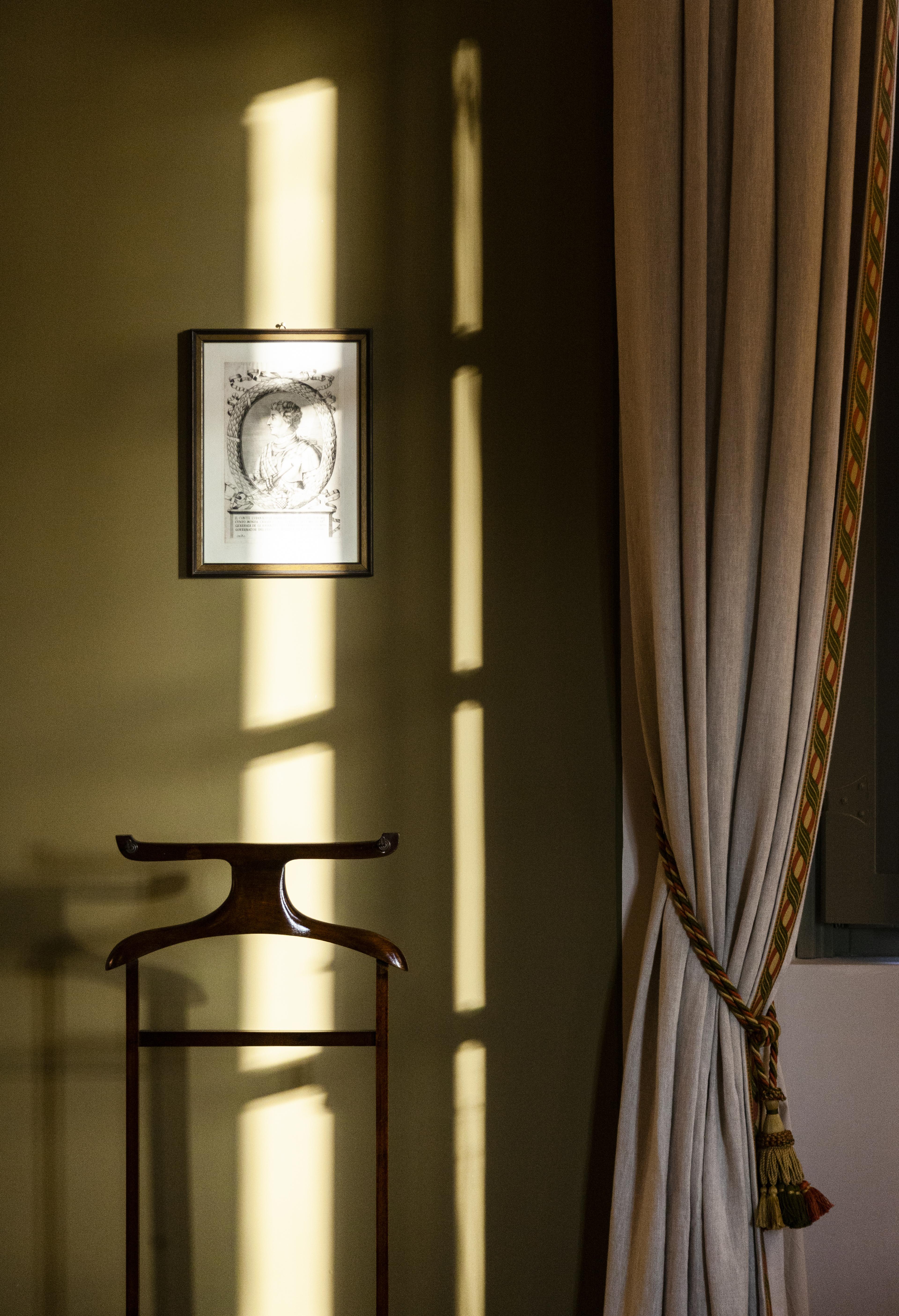
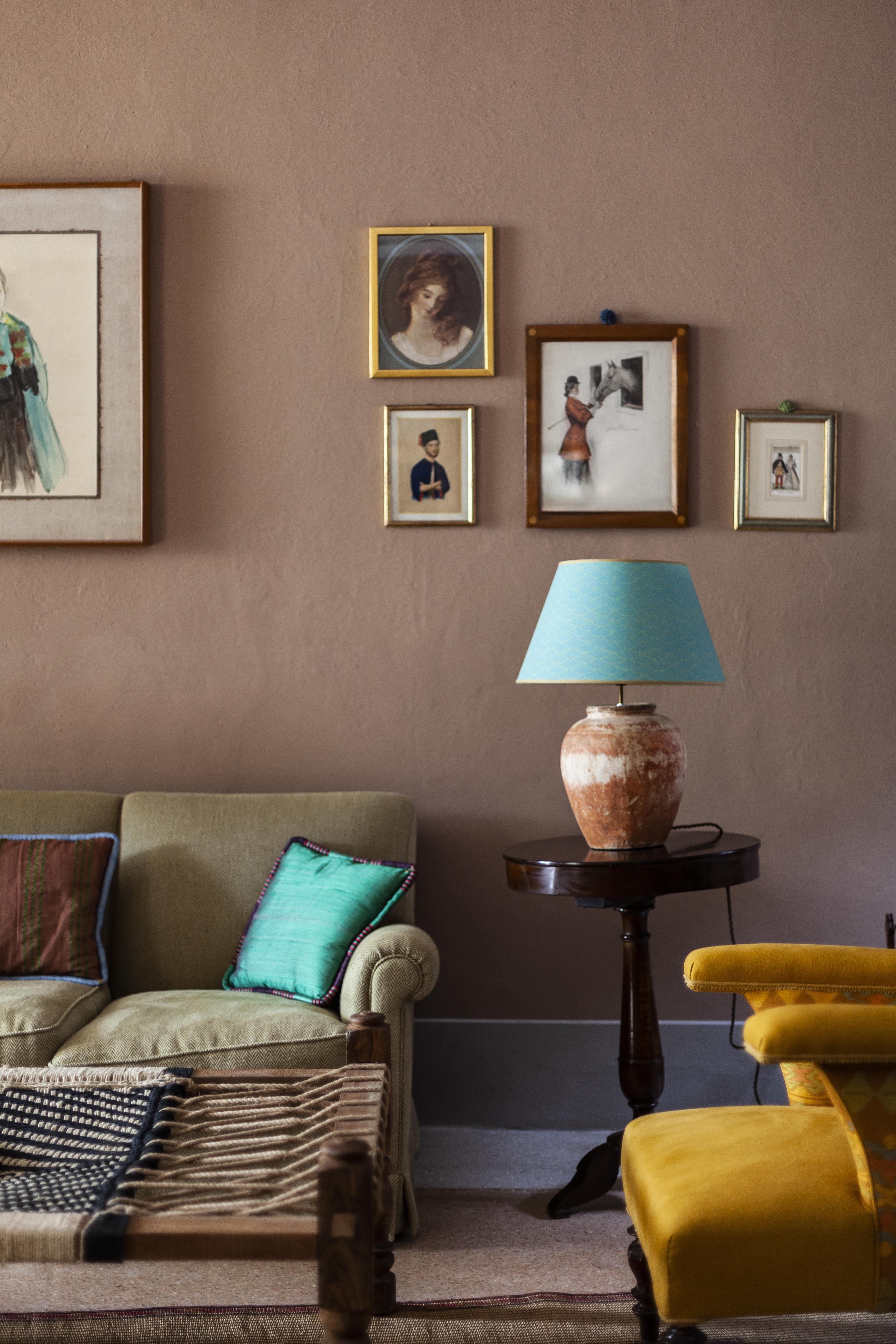
Villa Biondelli non è un hotel: è una collezione di case viventi. Gli ospiti sono invitati a entrare in un mondo curato dove convergono design personalizzato, eredità familiare e narrazione artistica. Sorseggiando vino sotto i pergolati ricoperti di glicine, assistendo a uno show culinario privato o godendo di un momento di quiete nel giardino d'inverno, l'esperienza è a dir poco cinematografica.
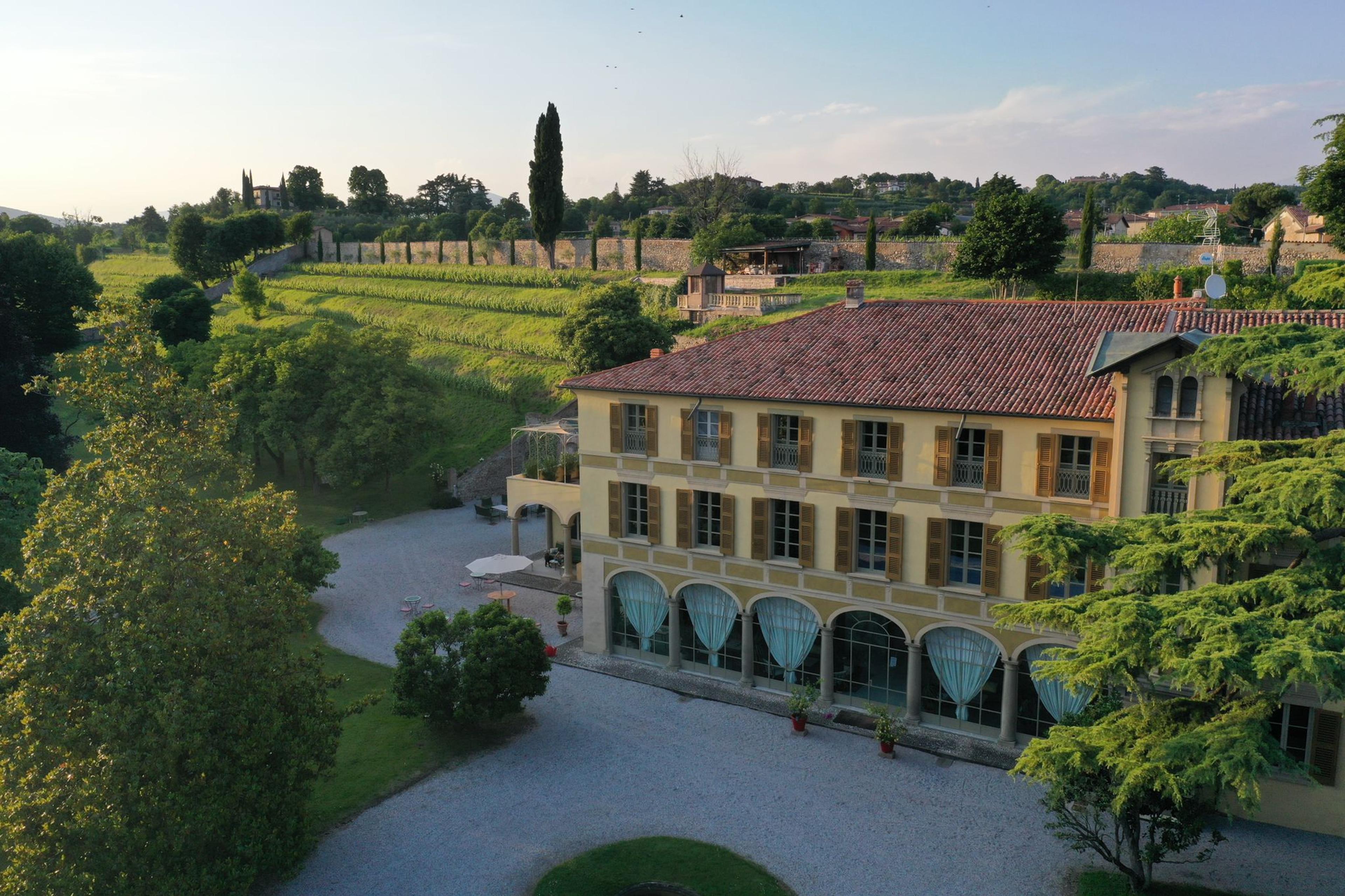
Villa Biondelli
Via Basso Castello, 10, 25046 Bornato

9760 EUR
Spedizione in 9-10 settimane

115 EUR
Spedizione in 5-6 settimane

3405 EUR
Spedizione in 7-8 settimane

4695 EUR
Spedizione in 17-18 settimane

5100 EUR
Spedizione in 1-2 settimane

1220 EUR
Spedizione in 7-8 settimane

7905 EUR
Spedizione in 8-9 settimane

2745 EUR
Spedizione in 5-6 settimane
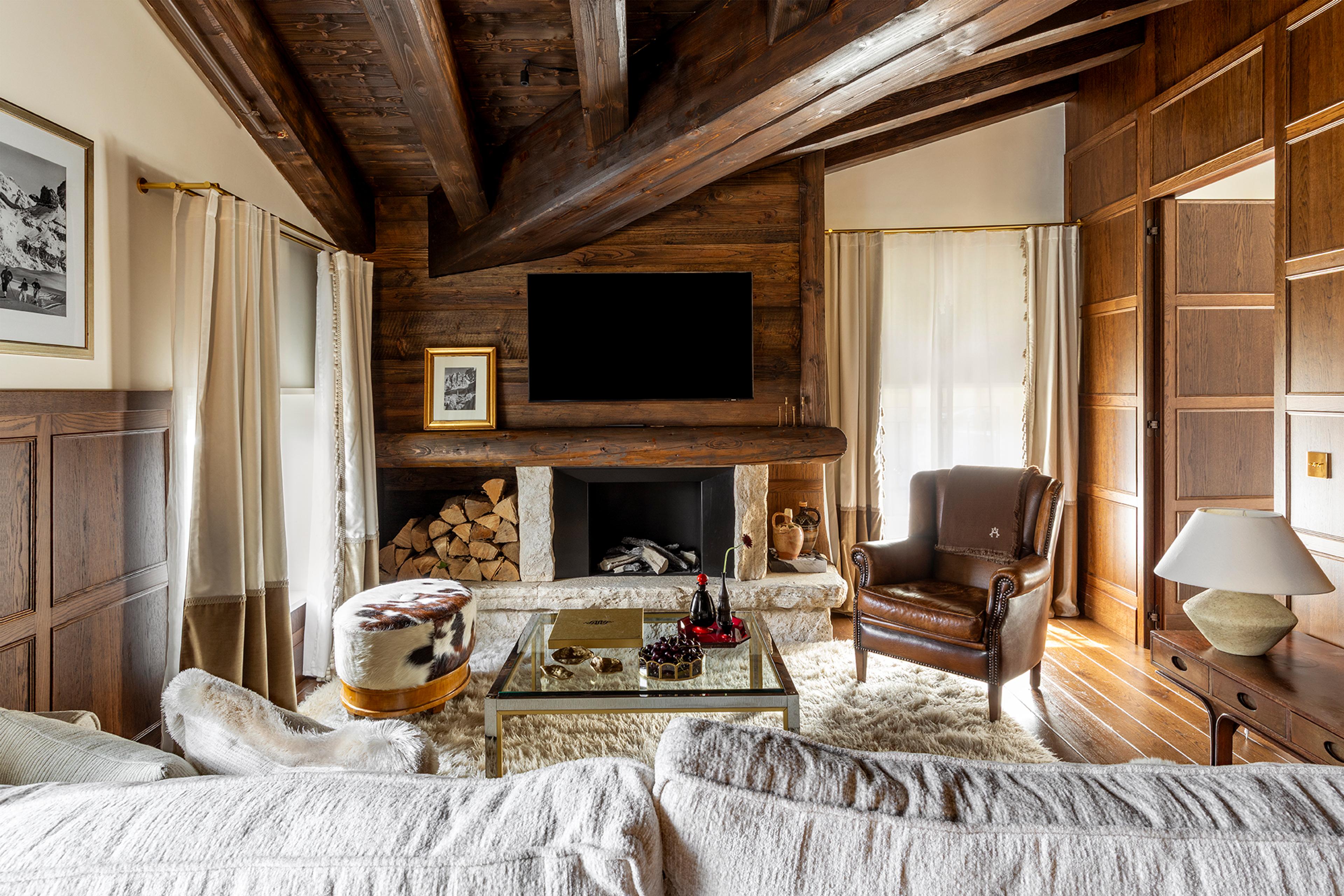
Situato nel cuore di Corso Italia, l'Ancora Cortina riapre le sue porte dopo un meticoloso restaur…
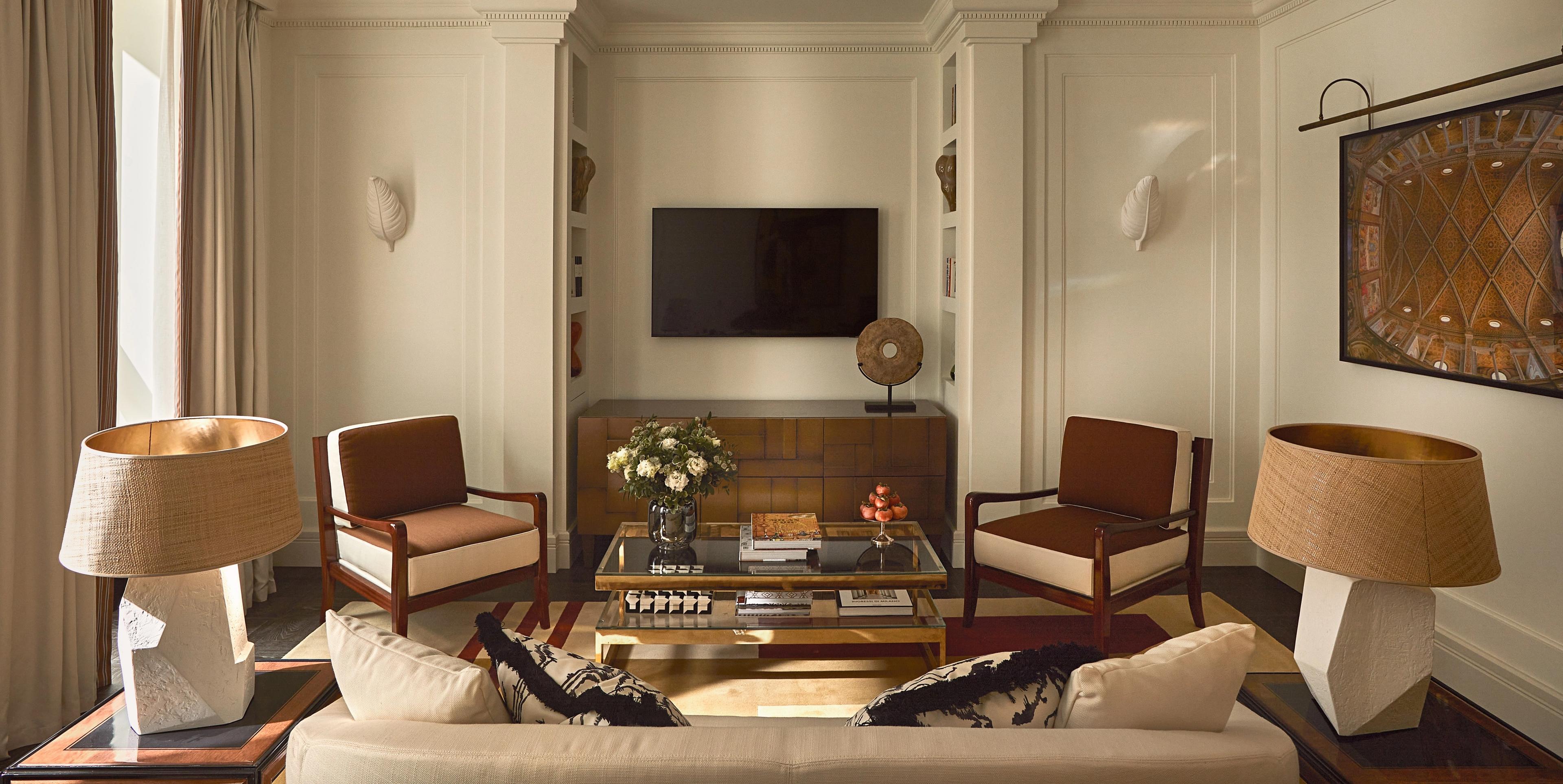
Nel cuore del Quadrilatero della Moda, il Carlton unisce fascino storico e sofisticatezza contempo…